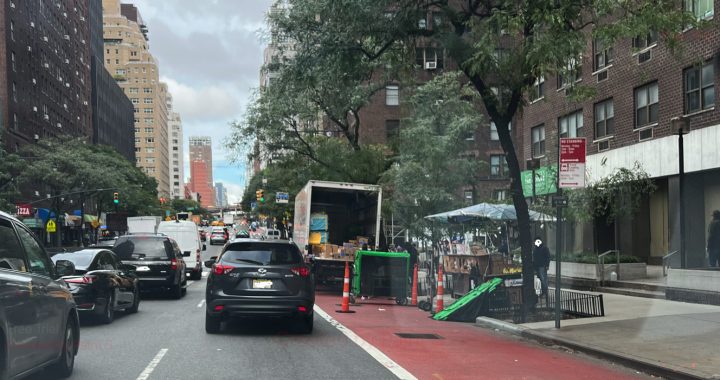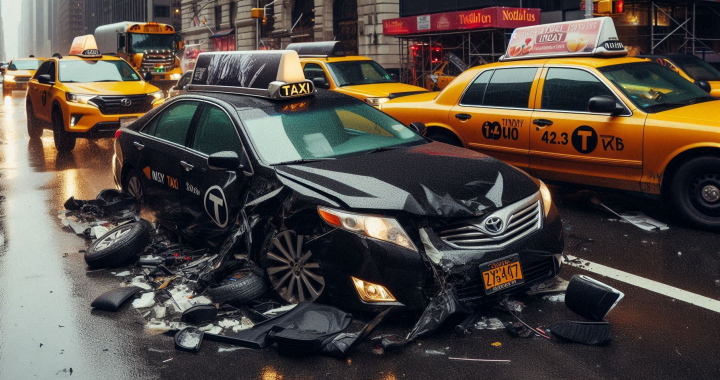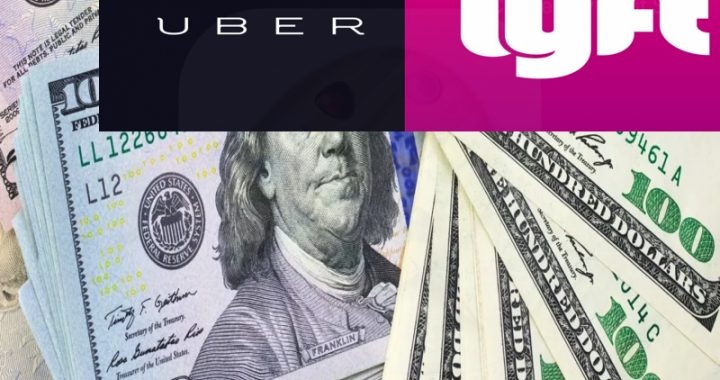Tesla has once again captured the world’s attention with the unveiling of its latest vehicle, specifically designed to be used as a taxi or autonomous ride-share vehicle. This marks a major step forward in the company’s ambitious goal of revolutionizing urban mobility and the ride-sharing industry. But what does this mean for the future of transportation, and how will this new Tesla model impact the taxi business as we know it?
The Features of Tesla’s New Autonomous Taxi Model
Tesla’s new model is equipped with cutting-edge technology that sets it apart from traditional taxis or ride-sharing vehicles. Some of the key features include:
- Fully Autonomous Driving Capabilities: This Tesla model is designed to operate without human intervention. Utilizing Tesla’s advanced Full-Self Driving (FSD) software, the vehicle is capable of navigating complex urban environments, following traffic rules, and interacting with pedestrians and other cars safely. This makes it ideal for both ride-sharing and taxi services that can operate around the clock without the need for a driver.
- Electric and Eco-Friendly: As with all Tesla vehicles, this new model is fully electric, which makes it not only a greener option for cities aiming to reduce carbon emissions but also a cost-efficient solution for taxi fleets. Operators will save significantly on fuel costs, while riders will enjoy a quieter, smoother ride.
- Advanced Safety Features: Tesla has always been at the forefront of vehicle safety. The new model is equipped with multiple cameras, sensors, and AI-driven systems that allow the car to detect and react to hazards in real time. This makes it one of the safest vehicles on the road, ideal for transporting passengers in high-traffic areas.
- Spacious and Comfortable Design: The vehicle has been optimized for comfort. With ample legroom, Wi-Fi connectivity, and entertainment features, passengers will be able to relax or stay productive while in transit. Tesla’s futuristic interior design focuses on passenger comfort and convenience.
How This Model Will Impact the Ride-Sharing and Taxi Business
The introduction of Tesla’s autonomous taxi is set to bring about significant changes in the ride-sharing industry. Here’s how:
- Cost Efficiency for Operators: With fully autonomous vehicles, ride-sharing companies and taxi operators can dramatically reduce costs associated with hiring drivers. This allows for lower fares, making ride-sharing more competitive compared to traditional taxis or public transportation. Companies like Uber and Lyft are already looking into integrating Tesla’s autonomous cars into their fleets.
- Increased Availability: Autonomous taxis can operate 24/7 without breaks, meaning increased availability of cars, reduced wait times for passengers, and an overall improvement in the efficiency of urban transportation.
- The Future of Shared Mobility: The introduction of autonomous vehicles is expected to transform shared mobility. Instead of relying on personal car ownership, more people may opt to use ride-sharing services for their daily commute, knowing that autonomous vehicles will provide reliable, cost-effective, and eco-friendly transportation. The demand for shared autonomous taxis could skyrocket, leading to fewer cars on the road and reducing traffic congestion.
- Challenges Ahead: While the prospects of autonomous taxis are exciting, there are challenges to consider. Regulations surrounding self-driving cars are still being developed, and many cities will need to update their infrastructure to accommodate this new technology. Additionally, taxi drivers and others in the transportation industry will need to adapt as more autonomous vehicles hit the road.
The Short-Term Future of Ride-Sharing
In the near future, we’re likely to see a hybrid model of human-driven and autonomous vehicles operating side-by-side in the ride-sharing industry. Companies will start rolling out Tesla’s new autonomous taxis in select markets, allowing them to gather data and improve the technology before widespread adoption. Meanwhile, drivers may still be needed in areas where regulations are stricter or where the technology is still being fine-tuned.
For taxi companies, Tesla’s new model could represent both an opportunity and a challenge. Traditional taxi services will need to innovate and potentially integrate autonomous vehicles into their fleets to remain competitive.
Conclusion: A New Era for Urban Transportation
Tesla’s new autonomous taxi model is poised to redefine how we think about urban mobility. With its eco-friendly design, advanced self-driving technology, and cost-efficiency, it offers a glimpse into a future where ride-sharing is more accessible, affordable, and sustainable than ever before.
The next few years will be critical in determining how quickly this new technology becomes a regular part of our daily lives. But one thing is certain: Tesla’s innovations are pushing the boundaries of what’s possible, and the ride-sharing industry is set to be one of the biggest beneficiaries.









